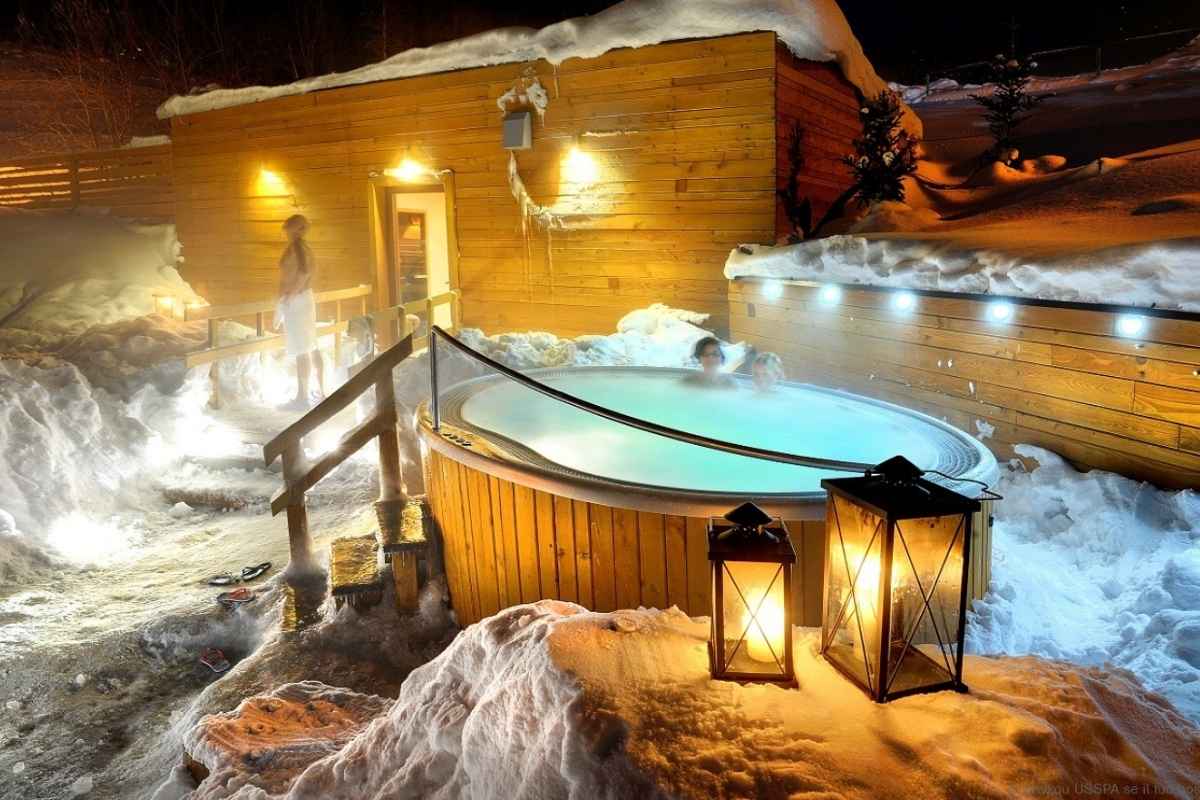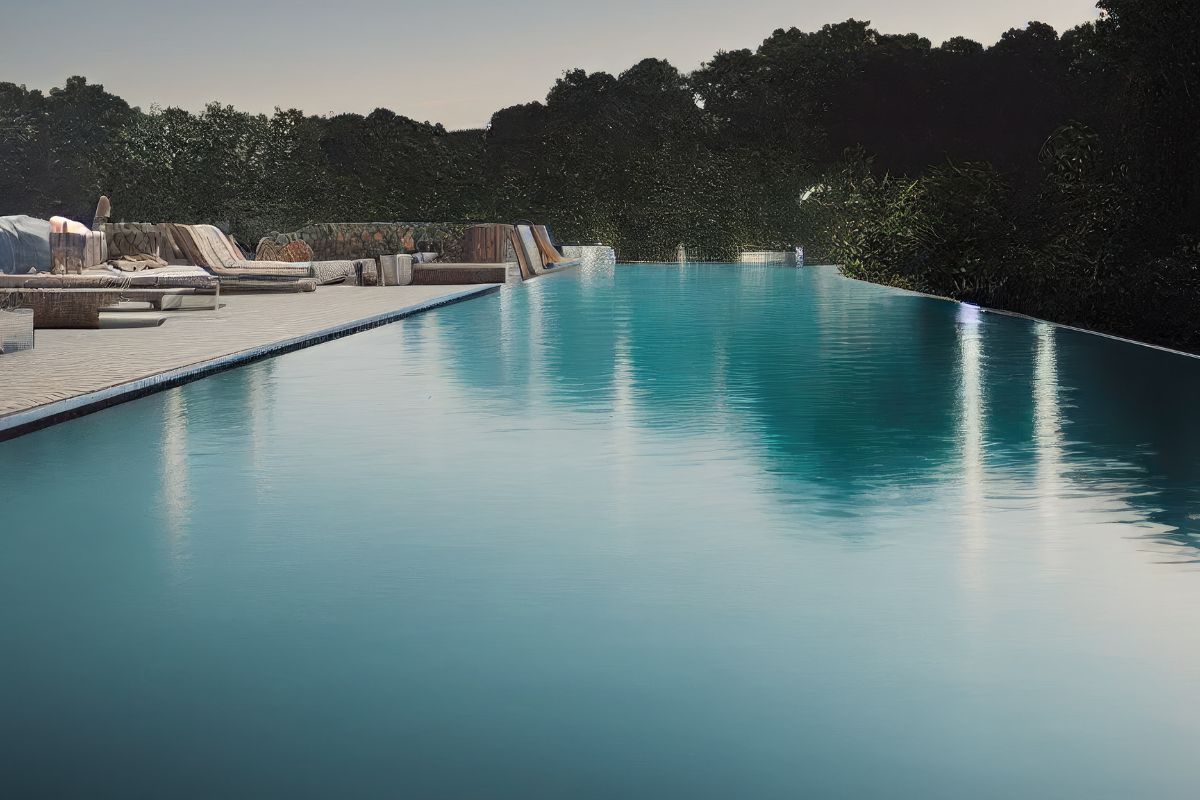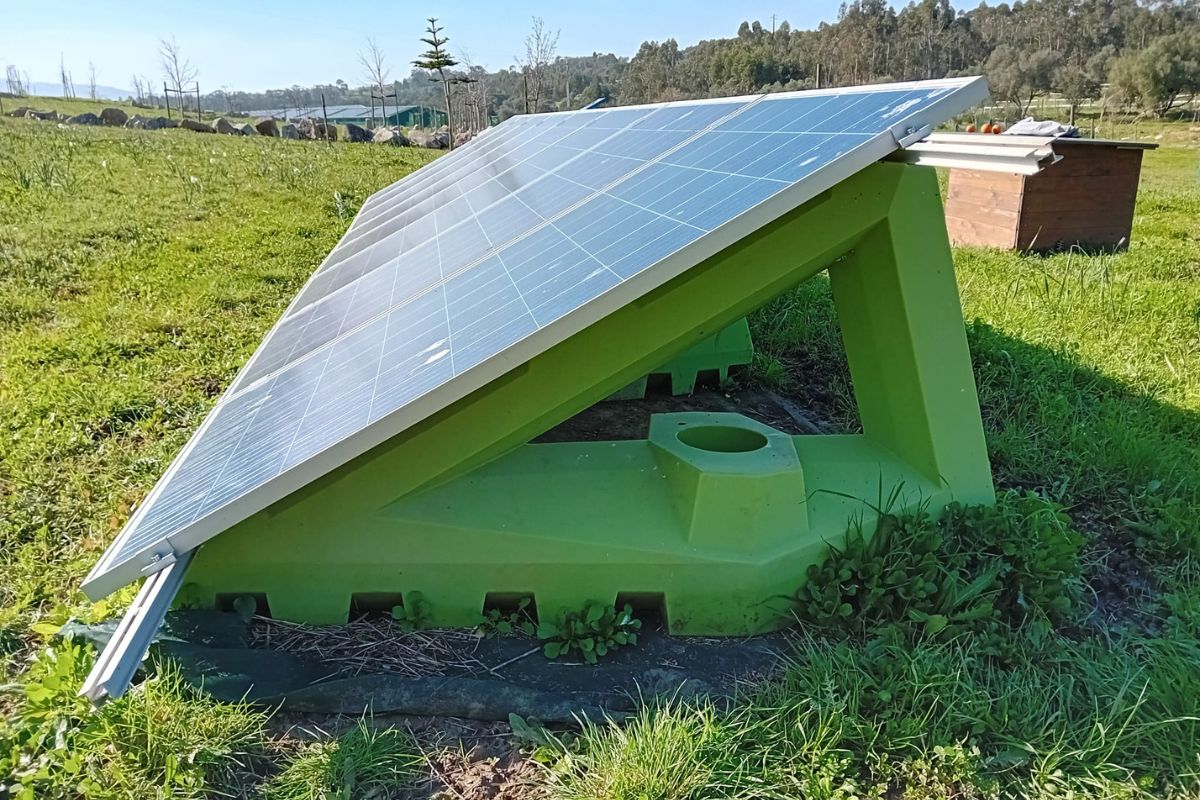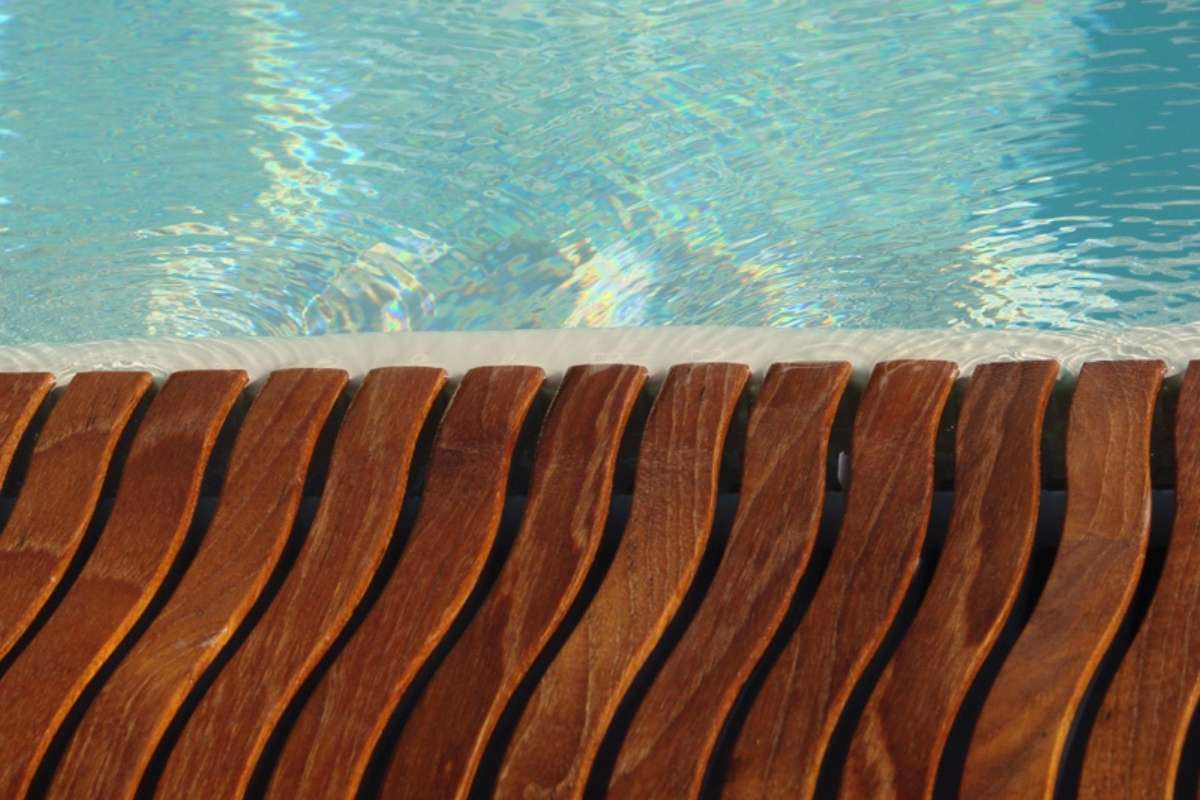Pool Grates: wood-effect or grid design?

When it comes to overflow pools, choosing the right grating is not just a technical matter: it’s a key element that impacts the overall aesthetics, safety, and durability of the system. Pool gratings represent the meeting point between functionality and design, and in recent years, the available options have multiplied to meet increasingly specific needs. Among the most in-demand models are two particularly interesting ones: wood-effect gratings, perfect for refined and natural settings, and checkerboard model gratings, designed for maximum efficiency in drainage and anti-slip performance.
In this article, we will compare these two models, exploring their structural and aesthetic differences, the most common applications, and the advantages they offer in terms of customization, durability, and maintenance. That’s not all: we will also discuss innovative materials, such as bimaterial polypropylene, and the tailor-made solutions offered by companies like Nexus that turn pool gratings into real design features.
Whether it's a residential pool, a wellness center, or a high-traffic tourist facility, choosing the right grating means finding the right balance between visual comfort, safety, and practicality.
- Wood-effect pool gratings: continuity and warmth for outdoor spaces
- Checkerboard model pool gratings: top drainage and anti-slip features
- Which grating to choose? Style vs. performance comparison
- Customization and innovation: pool gratings become design elements
Wood-effect pool gratings: continuity and warmth for outdoor spaces
Wood-effect pool gratings are among the most appreciated solutions when aiming for an elegant, harmonious setting that blends with the surrounding architectural context. This type of grating features a natural and refined look, reminiscent of real wood while offering all the resistance of next-generation plastic materials.
Wood-effect gratings by Nexus, for example, are made of polypropylene combined with TPE, a bimaterial formula that ensures excellent resistance to UV rays, chemical agents in water (such as chlorine or salt), and thermal stress. Functionally, this type of pool grating offers a non-slip surface, ideal for walking barefoot even when wet. Aesthetically, the finishes can mimic various wood types, such as teak, making the grating practically indistinguishable from a wooden deck.
An important advantage is that wood-effect pool gratings maintain their appearance over time without the need for painting, sanding, or protective treatments. They don’t absorb moisture, fade, or deform.
From a design perspective, these gratings integrate perfectly with overflow pools, where a continuous visual surface is essential. The final result is an elegant, well-finished space that communicates quality and attention to detail.
They are particularly suitable for:
- residential pools with a contemporary or natural style;
- resorts and boutique hotels with wellness areas;
- spas and indoor pools with wood-effect flooring;
- solariums with wood or composite decking.
In summary, choosing a wood-effect pool grating means prioritizing aesthetics without compromising on safety, opting for a long-lasting solution that is both visually appealing and pleasant to use.
Checkerboard model pool gratings: top drainage and anti-slip features
While wood-effect focuses on aesthetics, the checkerboard model offers the perfect balance between technical design and maximum functionality. Checkerboard pool gratings, named for their typical square pattern resembling a chessboard, are designed to ensure optimal water drainage and excellent grip even when wet.
Because of these features, they are among the most requested gratings in public spaces, high-traffic pools, sports facilities, and aquatic centers. Why? Maximum mechanical resistance, modular structure for easy adaptation, and simple maintenance.
Checkerboard gratings by Nexus are also made of high-performance plastic materials, resistant to UV rays, chlorine, and salt, and are designed to retain their shape and color over time. Thanks to injection molding technology, each module features a certified non-slip surface with load capacity suitable for intensive use.
Despite their “technical” nature, these gratings don’t neglect aesthetics. They are available in different colors, such as the blue checkerboard grating, and fit well in modern and minimalist architectural settings. Moreover, the checkerboard structure allows greater aeration of the overflow channel, reducing the risk of stagnation and making cleaning easier.
Checkerboard pool gratings are ideal for:
- public or semi-public pools;
- sports facilities and water parks;
- environments requiring high grip and hygiene standards;
- modern settings where the grating is a functional detail.
Lastly, the modularity of these gratings allows for full customization: curved elements, 45° corners, longitudinal and transverse pieces can be ordered to perfectly fit the pool design.
Which grating to choose? Style vs. performance comparison
Choosing between a wood-effect pool grating and a checkerboard model grating depends on a series of factors that go far beyond aesthetics. Each project has specific requirements, based on the type of pool, its intended use, and the surrounding context.
From a stylistic point of view, wood-effect answers the desire for naturalness and warmth, blending seamlessly into outdoor environments with slatted or wood-look tile surfaces. It’s the preferred choice for those who want the pool edge and grating to share the same visual language, creating a sense of continuity between surfaces.
The checkerboard model, on the other hand, is favored in contexts where technical performance is the top priority: it’s a highly draining pool grating, designed to ensure non-slip safety and long-lasting performance even in intensive use conditions.
Practically speaking, here are a few questions to help with the decision:
Is the pool private or public?
Is design a major factor or does functionality prevail?
Is the pool edge straight or does it have curves and complex angles?
Is color or logo customization important?
Both solutions can be custom-made in shape and color, thanks to the flexibility offered by specialized companies like Nexus. Not all pool gratings are the same, and a well-executed project also considers these details.
Customization and innovation: pool gratings become design elements
Whether you choose the warmth of the wood-effect or the strength of the checkerboard model, one thing is certain: modern pool gratings are no longer just technical components but have become valuable elements within architectural design.
Companies like Nexus have taken innovation to the next level, offering gratings that are:
- customizable in color to match flooring or furnishings;
- tailored in shape and size, including non-standard curves and angles;
- engraved with a company logo or symbol, ideal for high-end hospitality venues;
- made with advanced materials like PP + TPE combinations, which ensure structural rigidity and surface comfort.
In settings such as yachts, spas, resorts, and 5-star hotels, the pool grating becomes an integral part of the visual identity. It can reflect the brand’s aesthetics, connect with decorative elements, or create deliberate contrasts. All this, without ever compromising on safety, hygiene, or ease of installation.
Nexus, in particular, manufactures every component entirely in Italy, complying with European regulations and paying close attention to environmental sustainability: the gratings are recyclable, durable, and free from harmful substances.








